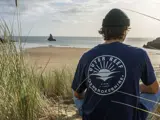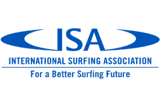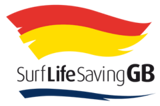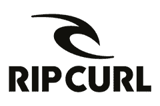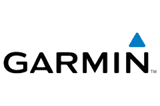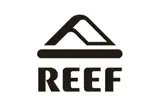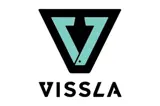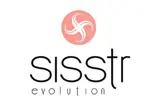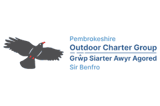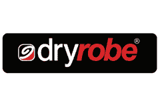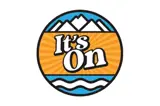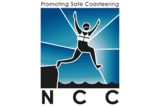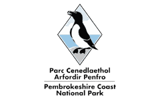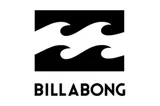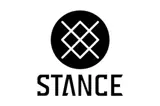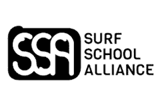it's important to understand the effects of the moon and sun on tides since they play a significant role in shaping the surf conditions. Let's dive into understanding tides and how the moon and sun influence them.
Tides are the rise and fall of sea levels caused by the gravitational forces of the moon and the sun acting upon the Earth's oceans. While both the moon and sun affect tides, the moon's influence is much stronger due to its proximity to Earth.
-
Gravitational Pull: The moon's gravitational pull causes the ocean water closest to it to be attracted towards it, creating a bulge or high tide. At the same time, on the opposite side of the Earth, there's another high tide caused by the moon's gravitational pull "pulling" the Earth away from the water. These are known as the "high tide bulges."
-
Effect of the Sun: The sun also exerts a gravitational force on the Earth's oceans, but it is relatively weaker compared to the moon. When the sun, moon, and Earth align, during new moon and full moon phases, their combined gravitational forces create more significant tidal ranges, known as spring tides. Spring tides result in higher high tides and lower low tides, meaning more extreme tidal variations.
-
Moon Phases: The moon's position relative to the Earth determines the type of tides we experience. During the first and third quarter moon phases, when the moon and sun are at right angles to each other, the gravitational forces partially cancel each other out. These are called neap tides and result in lower tidal ranges, with less difference between high and low tides.
-
Tidal Patterns: Tides follow a cyclical pattern throughout the day. In most locations, you'll experience two high tides and two low tides every 24 hours and 50 minutes (approximately). The time and height of these tides can vary depending on your specific location and the interaction of local geography with the gravitational forces.
So, how does all of this information affect surfers? Understanding tides helps you anticipate the best times to catch good waves. Here are a few key points to keep in mind:
-
Incoming vs. Outgoing Tide: The change from low tide to high tide is referred to as the incoming tide, while the change from high tide to low tide is known as the outgoing tide. The incoming tide tends to bring more water towards the shore, improving wave quality and size, making it a popular time for surfing.
-
Tidal Range: Larger tidal ranges, such as during spring tides, often result in stronger currents and more powerful waves. On the other hand, during neap tides, when tidal ranges are smaller, waves might be weaker and less consistent.
-
Reefs and Sandbars: Tides can expose or cover reefs and sandbars, altering the wave shape and quality. Understanding how the tides interact with the bottom contours of the ocean at your surf spot can help you choose the best tide for optimal wave conditions.
It's essential to keep in mind that local factors, such as coastal geography and underwater structures, can significantly influence the wave conditions. Observing and noting the relationship between tide and wave quality at your specific surf spot will provide valuable insights to enhance your surfing experience.
By understanding tides and the effects of the moon and sun, you can make more informed decisions about when and where to paddle out, increasing your chances of catching the best waves. Enjoy the surf and ride safely!
https://www.outerreefsurfschool.com/surf-lessons/tide-lessons/



